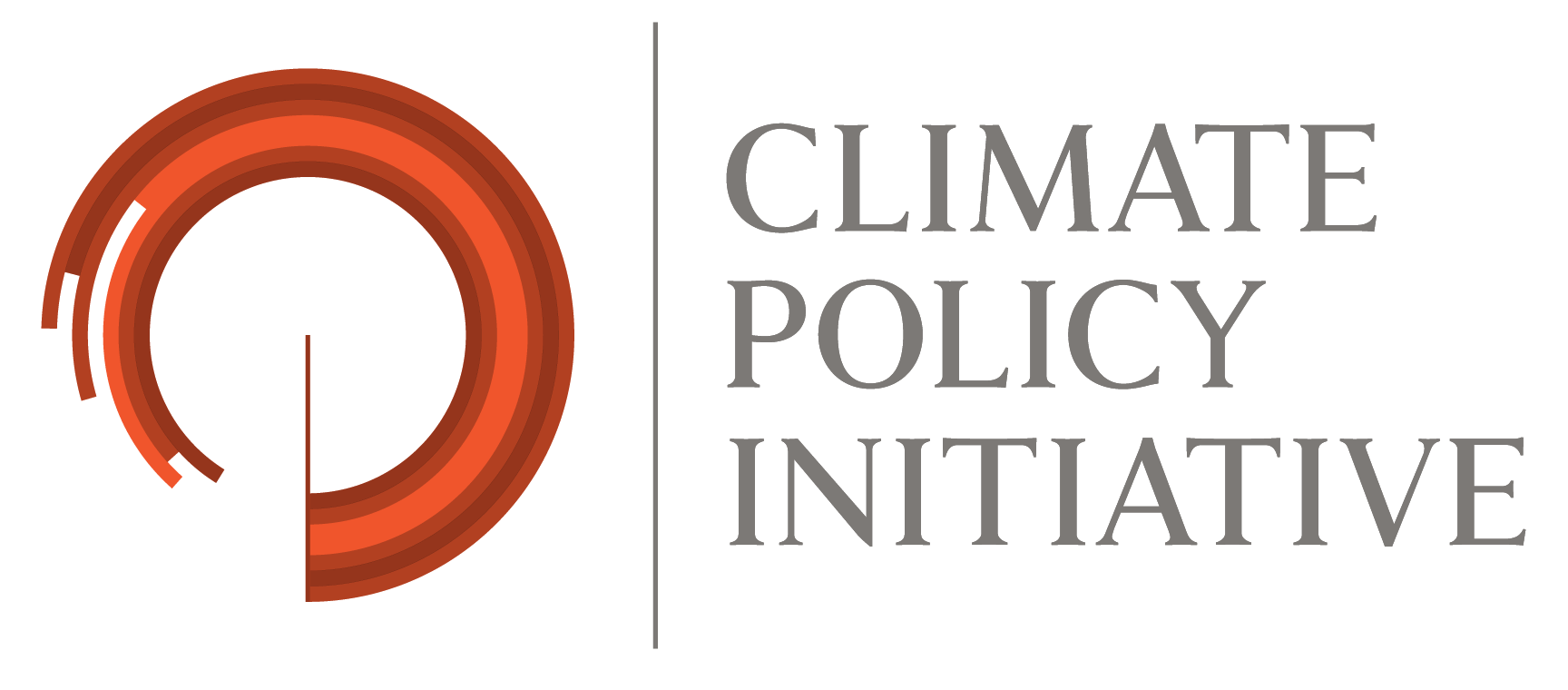Study indicates that 31% of the financial resources mapped for forests have not yet been issued or disbursed.
On the eve of COP30, an unprecedented study by Climate Policy Initiative/PUC-RIO (CPI/PUC-RIO) identified that international mechanisms have provided US$ 25.9 billion in planned, issued, and disbursed funds for forests. Researchers highlight that forest finance is a decisive opportunity to combat climate change—yet it remains underutilized.
The study examines 30 international mechanisms that finance forest-related objectives around the world. The analysis aims to support the efforts of the United for Our Forests Group to halt deforestation, accelerate forest restoration, promote sustainable forest management, and mobilize financial support from developed countries. The group brings together 20 developing countries representing nearly two-thirds of the world’s tropical forests.
“Understanding tropical forests as part of climate solutions is essential to addressing the climate crisis. To unlock their full potential, UNEP estimates that US$ 66.8 billion per year will be needed by 2030. Investments in forests are growing, but we need to scale them up, adapt them to the realities of tropical countries, and ensure the quality of finance”, says Juliano Assunção, Executive Director of CPI/PUC-RIO. Ten of the 30 financial mechanisms mapped already report equal or exceeding US$ 1 billion.
Actors
Researchers identified different actors responsible for disbursing and managing capital, including multilateral and blended funds, multilateral organizations, governments, bilateral governments, and private actors.
Multilateral funds and governments stand out, having already disbursed US$7.7 billion and issued US$5.5 billion.
The study shows that 31% of the total value of financial mechanisms has not been issued or disbursed yet. In the case of blended funds and private actors, more than half of the finance still needs to be mobilized, corresponding to 57% and 88%, respectively.
“Although we identified significant global investment, closing the forest finance gap also requires a commitment from funds that have been pledged but not yet disbursed”, emphasizes Joana Chiavari, Research Director at CPI/PUC-RIO.
Forest objectives
Of the 30 financial mechanisms analyzed, fifteen focus exclusively on one of the three pillars of the forest agenda: forest conservation (US$ 2.6 billion), forest restoration (US$ 2.2 billion), and reducing deforestation (US$ 1.3 billion).
The remaining fifteen mechanisms target multiple objectives. Among them, ten pursue dual objectives, accounting for US$ 8.3 billion. The other five aim to address all three objectives as their goal, totalingin US$ 11.4 billion.
The study identifies that governments play a central role in financing conservation, primarily by prioritizing support for traditional communities. Researchers explain that this is related to the fact that conservation-focused mechanisms face greater challenges in generating direct revenues streams.
For restoration, there is predominant support from private actors and blended funds dedicated exclusively to this objective. Restoration activities can be associated with productive activities, such as sustainable crops, which encourage private sector engagement based on more clearly defined revenue models.
The total amount invested or planned to combat deforestation is significantly smaller compared to the other two objectives. This financing is supported by multilateral organizations and bilateral governments.
“Filling the forest finance gap requires scaling up existing mechanisms and complementing them with innovative mechanisms within a portfolio approach, including, for example, the Tropical Forests Forever Fund (TFFF) and the Deforestation Reversing Mechanism (RDM), recently developed by CPI/PUC-RIO”, explains Assunção.
Financial instruments
Financial mechanisms employ a combination of different instruments, ranging from more traditional to more innovative tools, to achieve forest-related objectives. Three instruments stand out: credit, grants, and results-based payments.
The diversity of instruments reflects how each actor mobilizes financial strategies based on their specific mandates, risk appetite, and operational capacities. The strong reliance on credit indicates a significative alignment of traditional instruments with climate objectives. The use of grants and results-based payments reflects the relevance of public actors in forest finance.
Geographic scope
The study also analyzes the geographic scope of financial mechanisms. Of the 30 mechanisms, nearly half (48%) are accessible globally, 28% operate nationally, and 24% operate at the regional or multinational level.
“The forest finance architecture requires a better match between investments and the specific needs of each country. A greater understanding of the different contexts is crucial to identify new opportunities and to scale up and replicate successful initiatives in other locations”, explains Assunção.
Latin America stands out as the region with greatest access to mapped mechanisms. Brazil and Guyana are the countries with the greatest access, totaling 24 and 19 mechanisms, respectively.
Only three of the countries with the highest carbon capture potential are eligible for a significant share of the mapped mechanisms: Brazil, Cameroon, and Colombia.
“This scenario reveals underexplored potential among countries that have large forest areas and, at the same time, high restoration potential due to past deforestation. Expanding access for countries with high carbon capture potential is essential to achieving results at scale”, says Chiavari.
COP30 and financing for forests
With COP30 approaching, the study highlights the need to increase transparency for forest finance, pointing out that current information is dispersed and difficult to publicly access.
“Access to financing information is essential to fully understand the current context and identify gaps and opportunities. Another key aspect is strengthening coordination between public, private, and philanthropic actors to ensure that forest investments are aligned with the specific needs of each tropical forest country,” concludes Assunção.
Read the full report: bit.ly/Menu-Financial-Mechanisms
About Climate Policy Initiative
Climate Policy Initiative (CPI) is an organization with international expertise in finance and policy analysis. CPI has seven offices around the world. In Brazil, CPI has a partnership with the Pontifical Catholic University of Rio de Janeiro (PUC-RIO). CPI/PUC-RIO works to improve the effectiveness of public policies and sustainable finance in Brazil through evidence-based analysis and strategic partnerships with members of the government, civil society, the private sector and financial institutions.
For more information, please contact
Camila Calado Lima
camila.lima@cpiglobal.org
+55 86 99966-0560

